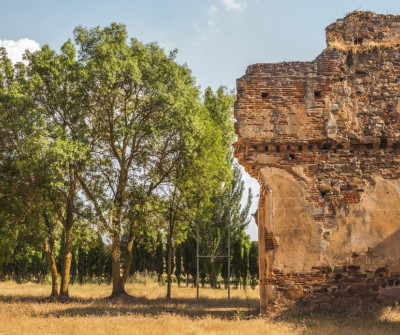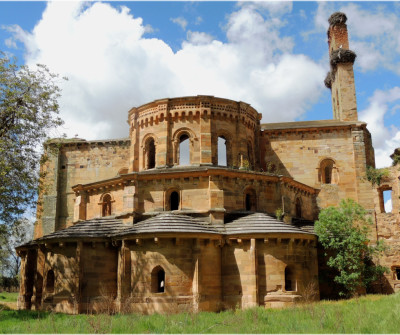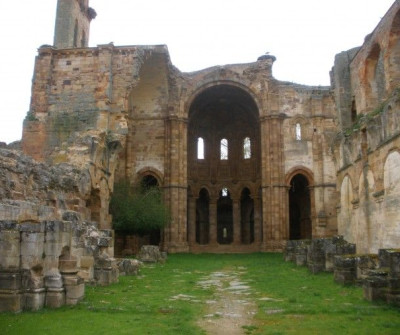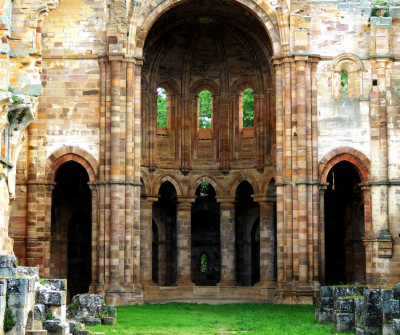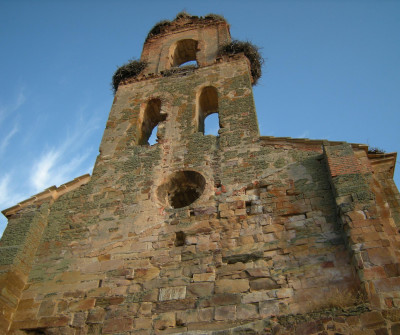Your departure point is once again the Plaza Mayor. The Vía de la Plata takes you to the above-mentioned Chapel of Santa María del Castillo. You will be walking on a gravel road close to the main road for a dozen kilometres until you reach the N-630 and the Ricobayo dam.
READ MORETo go to Fontanillas, the Camino officially leaves the main road and increases the walk by 1 kilometre going past the deserted village of Castrotorafe; you have to go straight ahead at the next intersection to reach this site. Castrotorafe is known as “Zamora la Vieja” (Old Zamora) and was a fortified medieval town on the banks of the River Esla. Today it is in ruins but it makes for an interesting visit.
Going back to the path, you can stop at Fontanillas and continue for another 4 kilometres until Riego del Camino and stop there. If you are not too tired, you can carry on another 6 kilometres until Granja de Moreruela, where you will find the church of San Juan Bautista, built with stones from the monastery of Santa María de Moreruela. This monastery is located 3 kilometres and a half away from the Camino and it is considered to be the first Cistercian monastery in Spain. Thanks to the support of individuals and institutions, it is being restored and some parts may be visited.
Tips from our postmen and women
What to see and do in Granja de Moreruela?

“The Cistercian Monastery of Santa María de Moreruela of the 12th century has very nicely preserved areas and it is surrounded by woodlands. It makes for an interesting visit and it also has a visitors' centre to explain the origin and history of the Cistercian Order. Opening days: Wednesday to Sunday, free admission”.


 Filter
Filter